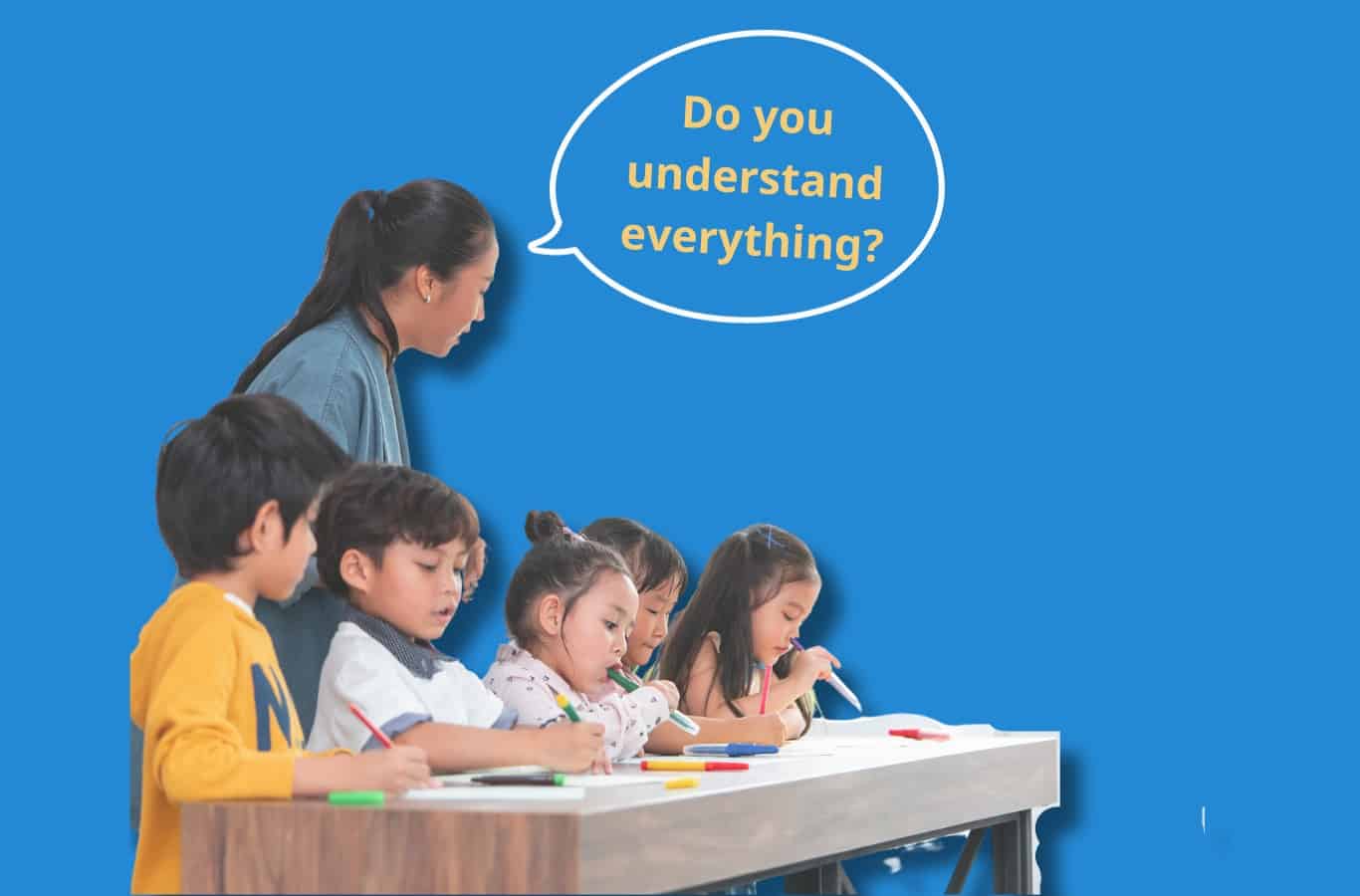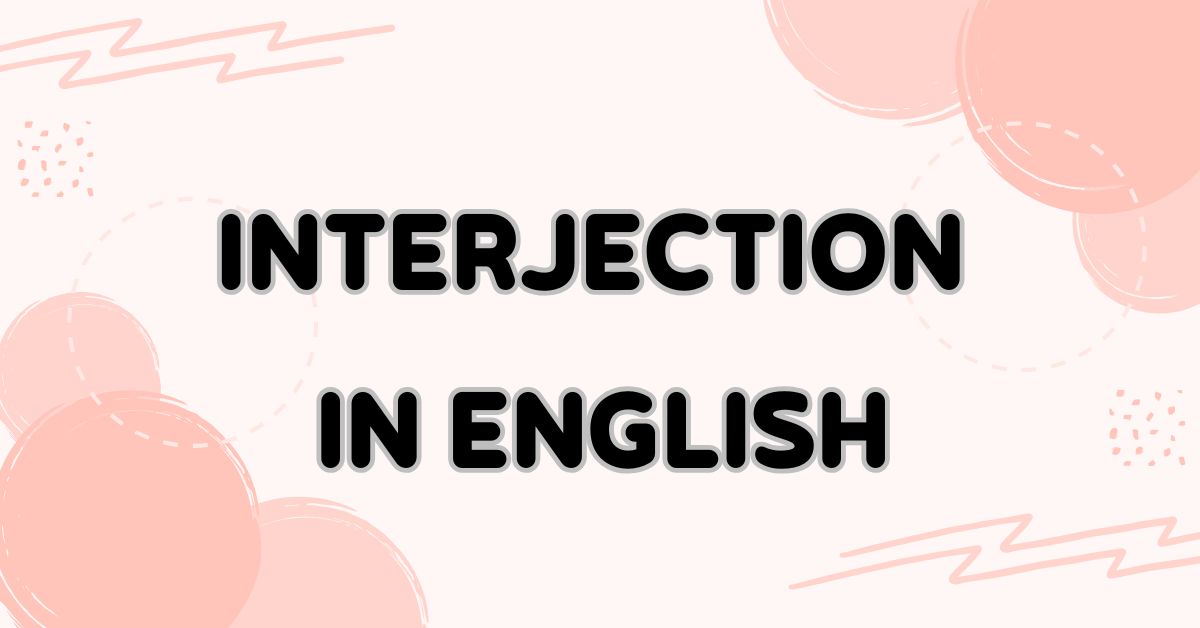The conversation simulation method is one of the most effective teaching techniques, especially when applied to teaching English to young children. By recreating real-life communication situations, this method helps children develop language skills in a natural, flexible, and more engaging way throughout the learning process.
What is the conversation Simulation Method?
The dialogue simulation method is a language teaching technique in which learners participate in hypothetical communication scenarios, often designed to closely resemble real-life conversations. The goal of this method is to help learners practice listening and speaking skills, pronunciation, reflexes, and language use in specific contexts.
Key Features:
-
Learners take on different character roles in a conversation.
-
Scenarios are based on familiar settings (e.g., going to the market, asking for directions, in the classroom, at a restaurant, etc.).
-
Pre-written sentence structures can be used, or learners can be encouraged to create their own dialogues.
Example: Parents can play the role of the shopkeeper, while the child plays the customer. The two will engage in a dialogue such as:
-
"Hello! Can I help you?"
-
"Yes, I want a banana, please."
Through this method, children can learn vocabulary, sentence construction, and naturally practice communication.

Advantages of Using conversation Simulation in Teaching English to Children
When teaching English to young children, creating a dynamic and natural learning environment is crucial. Among modern teaching methods, dialogue simulation is highly valued for its ability to help children develop language skills comprehensively. Some notable advantages of this method include:
-
Helping children learn English naturally, similar to acquiring their mother tongue, by listening and speaking in familiar situations.
-
Enhancing reflexes and building confidence when communicating in English.
-
Making learning more engaging through role-playing and game-like interactions.
-
Supporting vocabulary and common sentence structure retention by placing them in real-life contexts.
-
Developing social skills such as listening, taking turns in conversation, and showing politeness during communication.

How to Apply the conversation Simulation Method in Teaching English to Children
To maximize the effectiveness of the dialogue simulation method in teaching English to children, teachers and parents can flexibly apply it in various ways. Here are some simple yet effective approaches:
Create Familiar Situations in the Classroom
Parents or teachers can design dialogues based on everyday situations familiar to children, such as greetings, asking names, ordering food, or buying toys. Then, children can role-play and practice these dialogues in pairs or small groups.
Use Real Objects or Illustrative Pictures
To make the activity more visual and engaging, you can use real objects (an apple, a cup, a book...) or picture cards. This allows children to take on roles such as seller and buyer, making the role-playing more vivid and easier to understand.
Incorporating into Games and Physical Activities
Combining dialogue simulation with games such as “Mini Store,” “Little Hospital,” or “Star Interview” allows children to learn while playing. This creates an exciting atmosphere and encourages them to use English naturally.
Encouraging Creative Dialogue
Once children are familiar with basic sentence structures, parents or teachers can let them invent their own characters, topics, and create unique dialogues. This not only helps develop language skills but also enhances thinking abilities and teamwork.

Boost Your Child’s English Skills with Monkey Junior
To help children develop a solid foundation in vocabulary, pronunciation, listening, speaking, reading, and writing in English naturally, parents should choose the right learning method from the start. Monkey Junior – a top-rated English learning app for kids – is an effective choice thanks to its clear learning pathway, scientifically designed content, and modern teaching methodology.
This app promotes comprehensive language development through engaging learning activities such as:
-
Learning new vocabulary with visual aids and native pronunciation
-
Listening practice with native speakers
-
Speaking practice with M Speak technology that evaluates pronunciation
-
Early reading through interactive comic stories
-
Writing skills development through age-appropriate word and sentence writing exercises
Additionally, Monkey Junior features a multi-level lesson system tailored to different stages of a child's development, from beginner to advanced. Children will gain access to:
-
Over 4,000 short, themed lessons
-
More than 2,000 common English vocabulary words
-
M Speak and M Write technologies to help them pronounce and write correctly from the start
With Monkey Junior, children don’t just learn, they play, interact, and respond in English naturally, as if immersed in a language environment. Sign up for a free trial today and start your child’s English journey early!

Important Notes When Applying Dialogue Simulation in English Learning
When using the dialogue simulation method to teach English to children, there are a few important tips to ensure the learning process is effective and natural:
-
Choose familiar and relatable situations for children, such as greetings, self-introductions, asking for directions, shopping, or going to school. These help children understand and role-play more easily.
-
Before starting the simulation, introduce vocabulary, sentence structures, and correct pronunciation so that children feel confident to practice.
-
Create a fun and relaxed learning environment, like a game, instead of pressuring children to speak perfectly from the beginning.
-
Encourage children to express their thoughts, even if it's not 100% correct. The key is helping them build the courage to speak and develop reflexes.
-
Regularly switch roles and scenarios to maintain engagement and help children become familiar with various contexts.

Conclusion
The dialogue simulation method is an effective approach to help children practice English naturally, respond more quickly, and communicate more actively. When designed to suit the child’s age and psychology, this method not only enhances language skills but also nurtures confidence and excitement throughout the learning journey.




.png)





